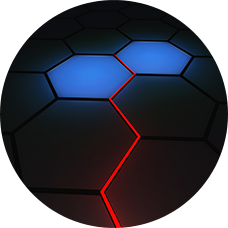Anisotropic spin dynamics of centrosymmetric skyrmions
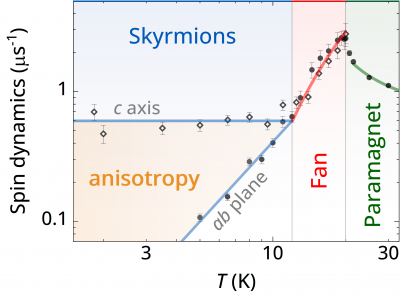
In our Physical Review Letters paper we discover a pronounced directional dependence of magnetic dynamics in topologically-protected whirls of magnetization called skyrmions. The observed behavior is very unusual, since the studied material is highly symmetrical. The researchers also discover a strong directional dependence of magnetic dynamics in the previously unidentified ground state of the material, which suggests that it is the much-sought-after lattice of merons (“halves” of a skyrmion). These discoveries significantly contribute to solving the puzzle of the stability of topological magnetic textures in highly symmetrical materials. Skyrmions can be used for data storage, spintronics (a magnetic analogue of electronics), or as a platform for advanced (reservoir-computing) artificial intelligence. – 4 Feb 2025
Review paper on frustrated magnetism
In our Physics Reports paper we provide an overview of recent advances in the field of quantum and topological states of materials that arise from magnetic frustration. These include spin ices, quantum spin liquids, and topological spin textures, such as skyrmions. Characteristic signatures of these exotic but elusive states are pointed out and the most suitable experimental characterization techniques are presented. We also provides a comprehensive overview of possible future directions in the field and highlights its potential, both for practical applications and for addressing important open questions in contemporary condensed matter physics. – 13 Nov 2023
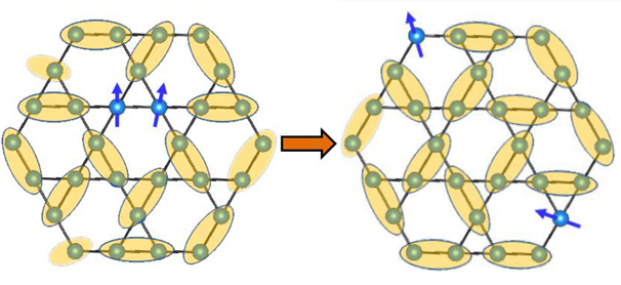
The Ising quantum spin liquid on a triangular lattice
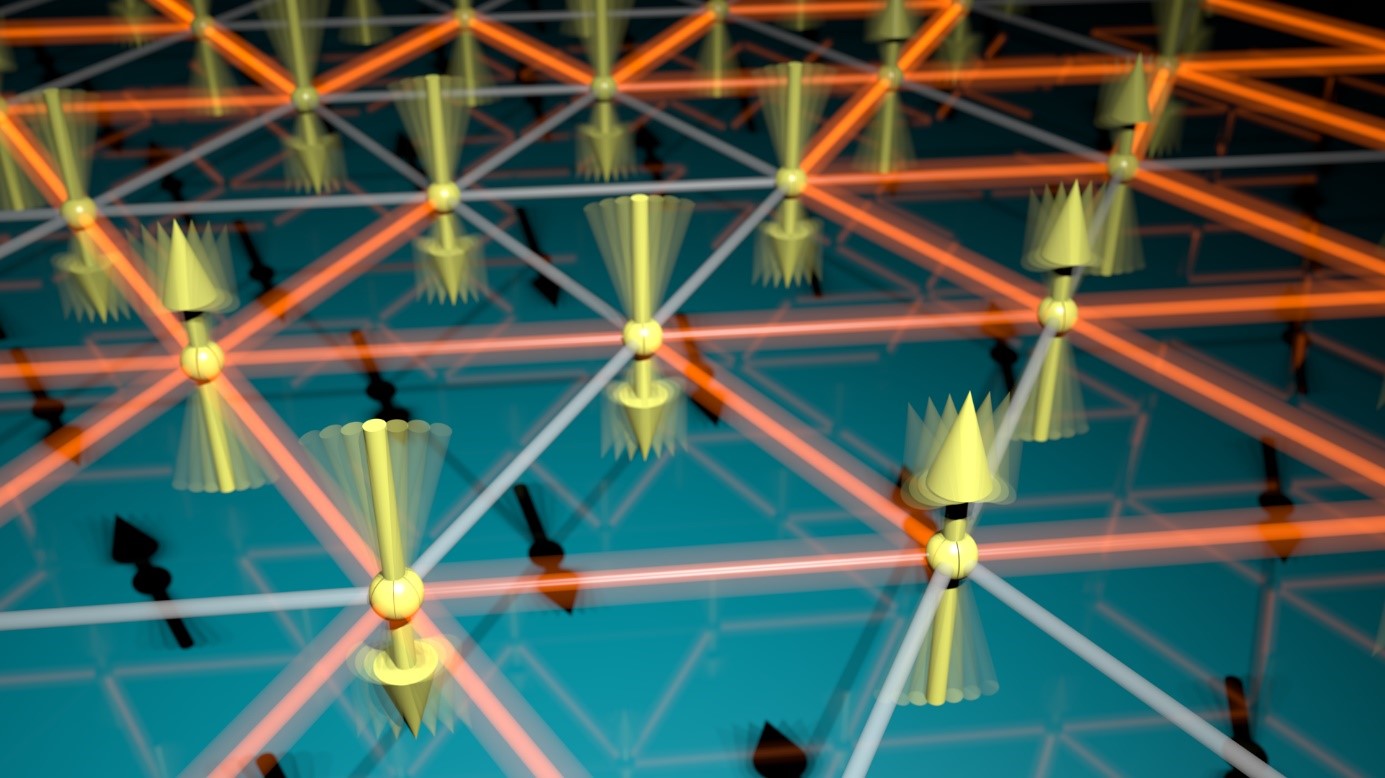
We present the first realization of a quantum spin liquid on a triangular spin lattice with dominant Ising antiferromagnetic exchange interaction in the recent Nature Materials paper. In collaboration with researchers from the Institute of Mathematics, Physics and Mechanics and research institutions from India, the UK, France and the US, we conducted an extensive experimental study showing absence of magnetic ordering and proving the existence of Ising-type spin correlations in neodymium heptatantalate at temperatures of only a few tens of millikelvins. The discovery introduces a new type of this enigmatic quantum entangled state of matter. – 30 Dec 2021
A study of magnetic ordering in kagome antiferromagnet confirms the theoretical phase diagram
In a study of a quantum kagome lattice antiferromagnet YCu3(OH)6Cl3, published in Physical Review Letters, we confirmed more than a decade old theoretical prediction of a quantum critical point of a kagome antiferromagnet between a quantum spin liquid and a magnetically ordered state, induced by the Dzyaloshinskii-Moriya magnetic anisotropy. In collaboration with researchers from UK, USA and China, we used a combination of experimental and numerical methods and utilized the first known material with a perfect kagome lattice without any impurities, which was crucial for studying the magnetic anisotropy in isolation from other perturbations. Understanding the origin of magnetic ordering in this material is of utmost importance for understanding the impact of perturbations on the enigmatic spin-liquid ground states in two dimensions. – 8 Jul 2020
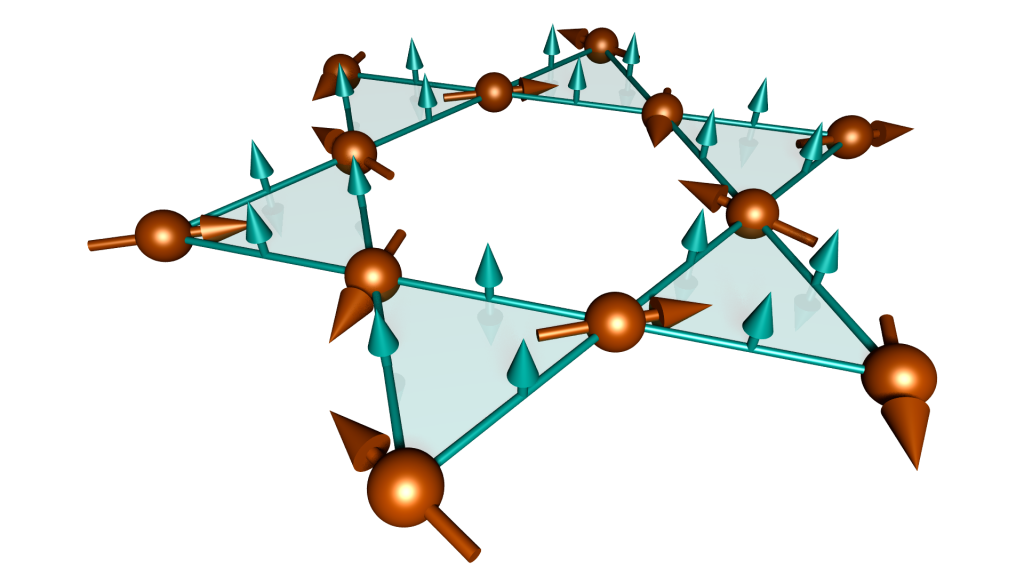
Gapless ground state in the quantum kagome antiferromagnet herbertsmithite
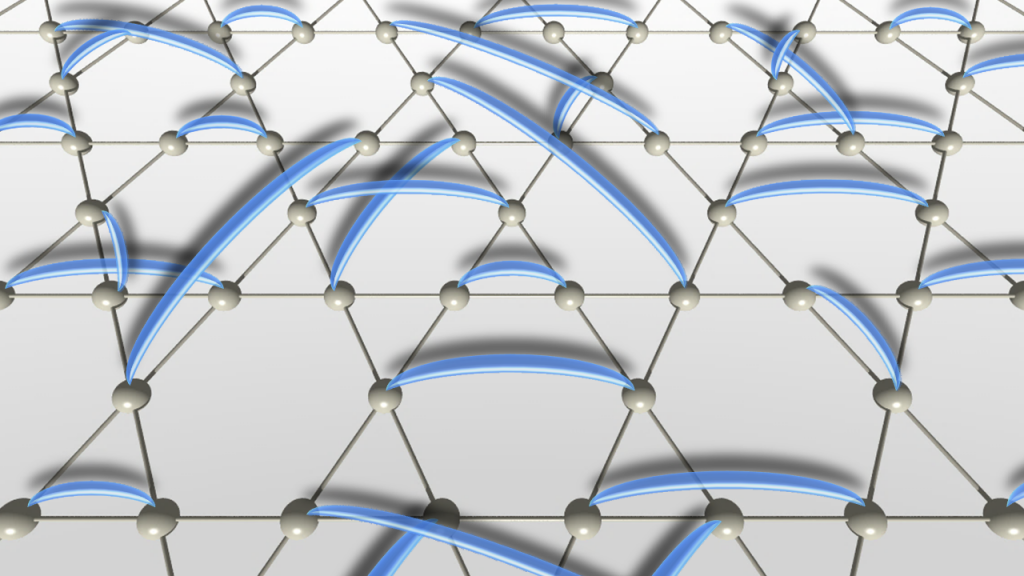
A team of researchers from France, India, and Slovenia was able to demonstrate the absence of a spin gap in the ground state of the iconic kagome-lattice material herbertsmithite. The investigation, published in the renowned journal Nature Physics, was co-authored by Andrej Zorko. The discovery refutes a decade-old belief of a finite gap in this material and puts the enigmatic spin-liquid state in a completely new perspective. This experimental finding is consistent with recent theories suggesting a U(1) Dirac spin liquid as the ground state of the Heisenberg kagome antiferromagnet. – 17 Feb 2020
Kondo screening in a charge-insulating spinon metal
The Kondo effect where conduction electrons screen the local moments of magnetic impurities is well known to occur in ordinary metals. Here, we have shown that an analogous phenomenon is possible also in electric insulators, in particular, in a quantum spin liquid with magnetic spinon excitations forming a Fermi surface. This discovery could be important for manipulating topologically protected spin-liquid states in quantum computing. The article, written in collaboration with Rok Žitko from the Department of Theoretical Physics and researchers from Switzerland and China, was published in Nature Physics. – 27 May 2019

Elementary excitation in the spin-stripe phase in quantum chains
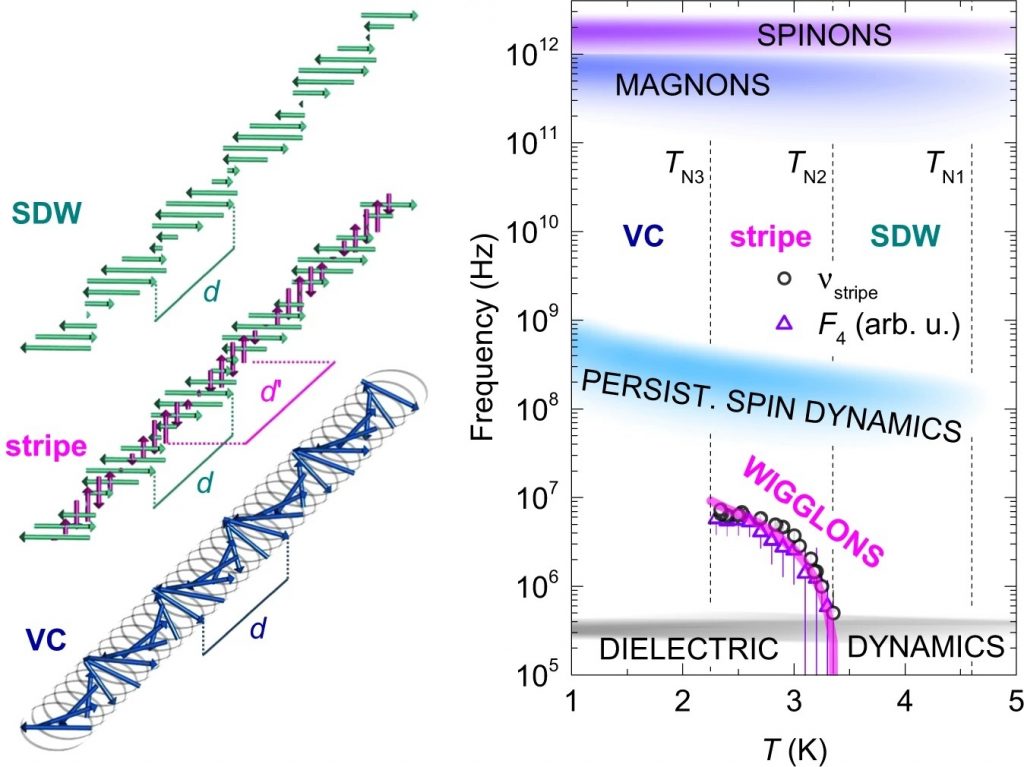
To describe the dynamics of a large number of interacting particles, we often use a decomposition into elementary excitation modes, such as phonons in case of lattice vibrations. In the article published in npj Quantum materials with colleagues from Switzerland, UK and Croatia, we discovered a new excitation mode in the spin chains, a collective wiggling of spins occurring in a spin-stripe state. The work provides new insight into the physics of stripe states, which are also found in high-temperature superconductors. – 3 May 2019
Observation of two types of fractional excitation in the Kitaev honeycomb magnet
A spin flip in the most promising Kitaev honeycomb magnet, layered crystal α-RuCl3, fractionalizes into a Majorana fermion and a pair of gauge fluxes, in line with the famous decade-old Kitaev prediction. Both types of fractional quasiparticles behave as neither pure fermions nor pure bosons, but rather as anyons. In the Nature Physics article, the existence of two types of anyonic quasiparticle is experimentally confirmed for the first time. As they are both found to survive in a broad range of temperatures and magnetic fields, this discovery establishes ruthenium trichloride as a unique platform for future investigations of anyons. The discovery is important also as the braiding operations with anyons offer one of the most promising platforms for topological quantum computing. – 7 May 2018
